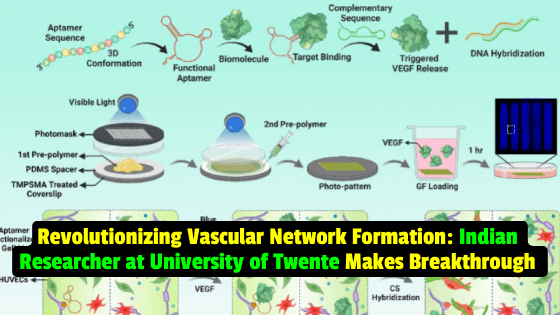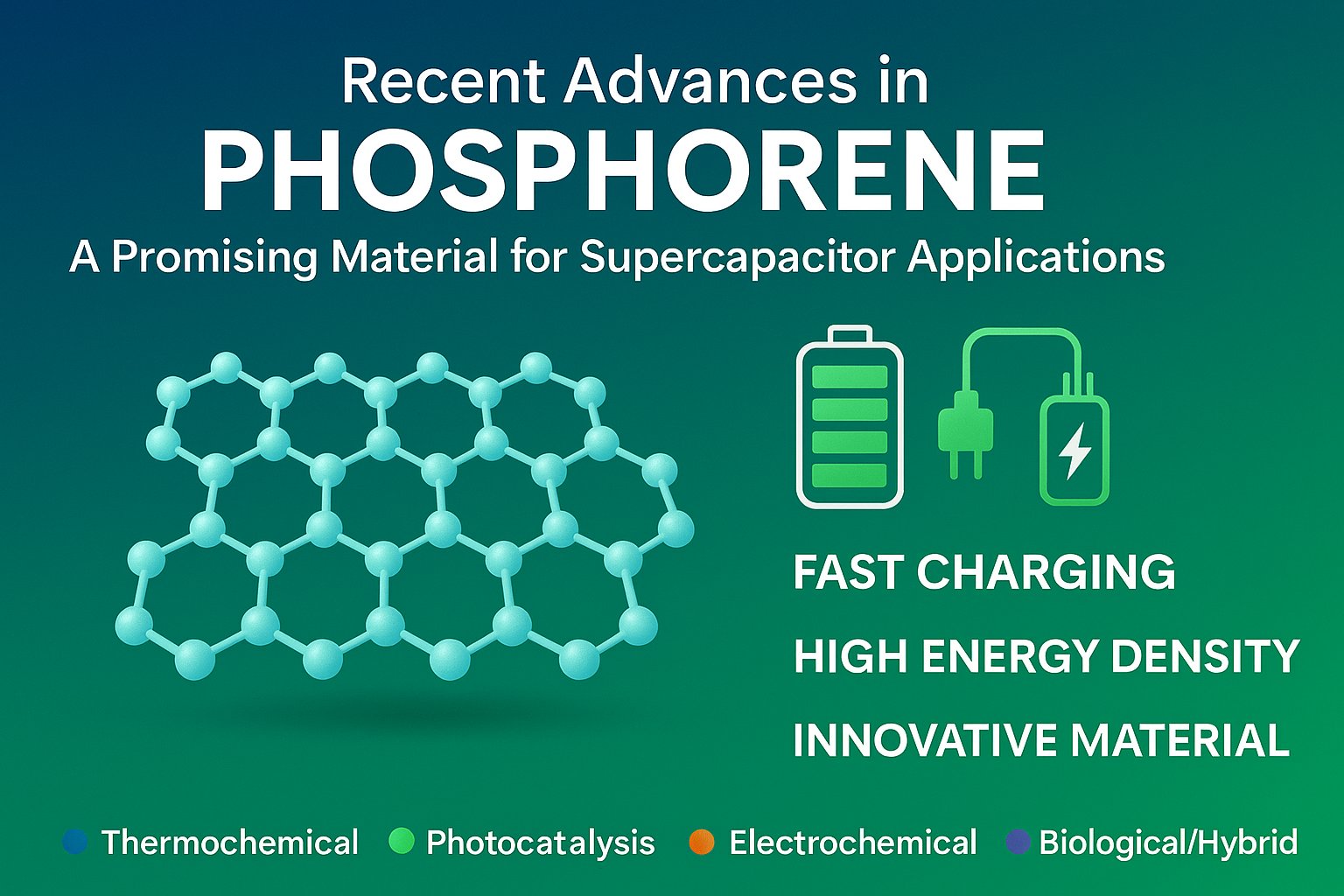In a new study published in the journal “Materials Today Biology,” researchers explore the potential for programmable aptamer-tethered growth factor photopatterning to guide the formation of self-organizing vascular networks.
Bullet Point Summary:
- Programmable aptamer-tethered growth factor photopatterning can guide the formation of self-organizing vascular networks
- Aptamer-tethered VEGF localization can amplify and control the properties of developing vessel networks.
- Double photo exposure during the photopatterning process may lead to the increased free radical formation and potential negative effects on cells.
Angiogenesis, the formation of new blood vessels, employs multiple angiogenic growth factors throughout different stages, such as VEGF to promote endothelial cell migration and proliferation to initiate new vessels formation, followed by other growth factors, such as platelet-derived growth factors and angiopoietins for vessel stabilization and maturation.
The study highlights that spatially defined aptamer distribution or gradients with different oligonucleotides can accentuate their spatiotemporal control over multiple growth factors sequestration and release, highlighting their unique property of dynamic growth factor presentation within engineered matrices. However, the direct bioactivity of aptamer-tethered growth factors within 3D matrices and its effect on guiding cellular organization, such as vascular morphogenesis, has not been investigated.
The study shows that even though spatially defined vascular networks were achieved within control GB2G1 micropatterns, the aptamer-tethered VEGF localization has been shown to amplify and spatiotemporally control the vessel network properties, including alignment of the developing self-organizing vascular networks. However, the study also suggests that double photo exposure during the two-step photopatterning process could lead to the increased free radical formation that can have a detrimental effect on cells.
Outcomes:
- The study demonstrates the potential for programmable aptamer-tethered growth factor photopatterning to guide the formation of self-organizing vascular networks.
- The aptamer-tethered VEGF localization has been shown to amplify and control the properties of the developing vessel networks, including alignment.
- The study suggests that double photo exposure during the photopatterning process may lead to the increased free radical formation and potential negative effects on cells.
Spatial control of self-organizing vascular networks with programmable aptamer-tethered growth factor photopatterning
Rana; Padmanaban; Becker; Stein; Leijten; Koopman; Rouwkema; Rana; Padmanaban; Becker; Stein; Leijten; Koopman; Rouwkema; Rana; Padmanaban; Becker; Stein; Leijten; Koopman; Rouwkema
Full-text link: https://doi.org/10.1016/j.mtbio.2023.100551
About This Research
- Notably, angiogenesis employs multiple angiogenic growth factors throughout its different stages; for example, VEGF is used to promote endothelial cells migration and proliferation to initiate new vessels formation, followed by other growth factors such as platelet-derived growth factor and angiopoietins for vessel stabilization and maturation.
- The spatially heterogeneous aptamer distribution or gradients with different oligonucleotides have been shown to accentuate their spatiotemporal control over multiple growth factors’ sequestration and release, highlighting their unique property of dynamic growth factor presentation within engineered matrices.
- However, the direct bioactivity of aptamer-tethered growth factors within 3D matrices, and its effect on guiding cellular organization, such as vascular morphogenesis, has scarcely been investigated or used.
About Research Work
- Even though spatially defined vascular networks were achieved within control GB2G1 micropatterns, the aptamer-tethered VEGF localization has been shown to amplify and spatiotemporally control the vessel network properties, including alignment of the developing self-organizing vascular networks.
- Even though cell viability was high in all regions, it is speculated that double photo exposure during the two-step photopatterning process could lead to the increased free radical formation that, in turn, can have a detrimental effect on cells.
- Moreover, cell-laden micropatterns displayed unique control over cell orientation till d5, in the direction of the VEGF gradient established at the interface among both regions.
Q: What is the main focus of the study discussed in the article?
A: The main focus of the study is to explore the potential for programmable aptamer-tethered growth factor photopatterning to guide the formation of self-organizing vascular networks.
Q: How does angiogenesis employ multiple angiogenic growth factors throughout its different stages?
A: Angiogenesis employs multiple angiogenic growth factors throughout its different stages; for example, VEGF is used to promote endothelial cells migration and proliferation to initiate new vessels formation, followed by other growth factors such as platelet-derived growth factor and angiopoietins for vessel stabilization and maturation.
Q: What is the unique property of aptamers highlighted in the study?
A: The unique property of aptamers highlighted in the study is their ability to accentuate spatiotemporal control over multiple growth factors sequestration and release through dynamic growth factor presentation within engineered matrices.
Q: What are the potential negative effects on cells mentioned in the study?
A: It is speculated that double photo exposure during the two-step photopatterning process could lead to increased free radical formation that, in turn, can have a detrimental effect on cells.
Q: What was the unique control over cell orientation observed in the study?
A: Cell-laden micropatterns displayed unique control over cell orientation till d5, in the direction of the VEGF gradient established at the interface among both regions.




